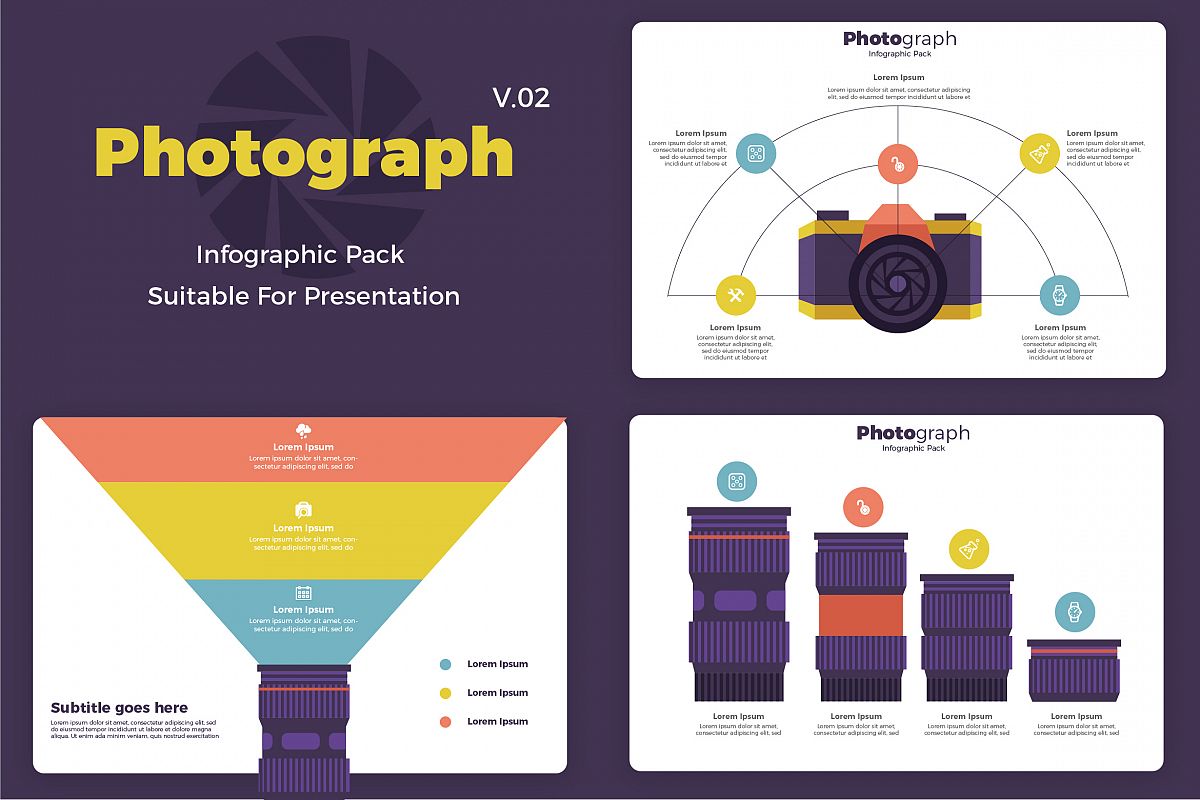What Every Professional Photographer Should Learn About Lights
What Every Professional Photographer Should Learn About Lights
Blog Article
Web Content Composed By-Boone Brady
As a photographer, you understand that lighting can make or break your images. Understanding the nuances of both natural and artificial light is essential for recording the mood and clearness you go for in your work. Whether you're going after the perfect gold hour radiance or fine-tuning your fabricated configurations, grasping these components can boost your digital photography considerably. But there prevail risks that several neglect, and identifying them can change your strategy to every shoot. Allow's explore what https://telegra.ph/Contrasting-Popular-Cameras-Which-One-Is-Best-For-You-01-08-16 could be missing out on and exactly how it can impact your outcomes.
Comprehending Natural Light
Understanding all-natural light is crucial for any kind of professional photographer seeking to boost their work. https://zenwriting.net/carroll8365donnell/find-out-to-reveal-your-unique-photo-design-by-checking-out-impacts-and 's the structure of excellent digital photography, influencing mood, tone, and clarity. When you shoot outdoors, pay attention to the moment of day. The golden hour-- soon after daybreak and prior to sundown-- provides soft, cozy light that can transform common scenes into stunning images.
Don't undervalue the power of overcast days. Cloud cover diffuses sunshine, developing a soft, also light that's excellent for pictures and macro digital photography. You'll discover colors pop in this type of illumination without rough darkness.
Positioning issues, as well. Always consider your topic's positioning to the light source. If the sunlight's behind your subject, you might end up with a shape, which can be dramatic yet mightn't be what you desire. On the other hand, straight sunshine can develop unflattering shadows.
Try out angles; occasionally, altering your viewpoint can yield outstanding outcomes. Use natural reflectors, like water or sand, to bounce light onto your subject, adding measurement.
Learning Artificial Light
Understanding artificial light is vital for digital photographers who want to take their skills to the following level. Whether you're making use of speedlights, workshop strobes, or continual lights, understanding just how to control these sources can significantly boost your pictures.
Beginning by acquainting on your own with the basics of light top quality, instructions, and shade temperature level. Explore various modifiers like softboxes, umbrellas, or grids to control the soft qualities or harshness of the light.
You'll discover that soft light often creates lovely outcomes, while harsher light can add dramatization and depth. Do not shy away from shadows; they can improve the three-dimensionality of your topics.
Pay very close attention to the placement of your lights. A light positioned as well near to your subject can develop uncomplimentary outcomes, while as well far can bring about an absence of information. Utilize a light meter or your camera's histogram to ensure you're revealing properly.
Finally, remember that fabricated https://www.slrlounge.com/use-these-8-street-photography-tips-to-create-compelling-images/ can be combined with ambient light for creative impacts. Balancing these resources might take technique, once you master it, your photography will absolutely beam.
Strategies for Different Circumstances
When you enter various capturing circumstances, adjusting your illumination methods is crucial for capturing the most effective pictures. For outside portraits, make use of the gold hour-- morning or late afternoon light-- to soften darkness and boost complexion.
If it's a severe midday sunlight, consider using a reflector to bounce light back onto your topic or seek shaded locations for a much more also direct exposure.
In low-light scenarios, like interior occasions, enhance your ISO and make use of a large aperture to let in even more light. A tripod can help eliminate video camera shake, enabling longer direct exposures without blurring.
If you're shooting at night, experiment with off-camera flash to create dynamic lighting and deepness in your photos.
For product photography, make use of diffused lighting to prevent harsh representations. Softboxes or light tents can aid achieve this effect.
When photographing landscapes, take into consideration the direction of light and time of day, as it can significantly alter the state of mind of your shot.
Always be ready to readjust your setups and placing based on the situation, as versatility is essential to mastering lighting in digital photography.
Medical Residency Photography
In conclusion, mastering illumination is crucial to raising your digital photography skills. Embrace all-natural light's charm throughout golden hour, and don't avoid experimenting with synthetic light techniques. By adapting your method to various situations, you'll record magnificent pictures that reverberate with feeling and clarity. Bear in mind, the ideal illumination can transform a normal shot into something extraordinary, so maintain practicing and improving your understanding of both natural and man-made light. Pleased shooting!
